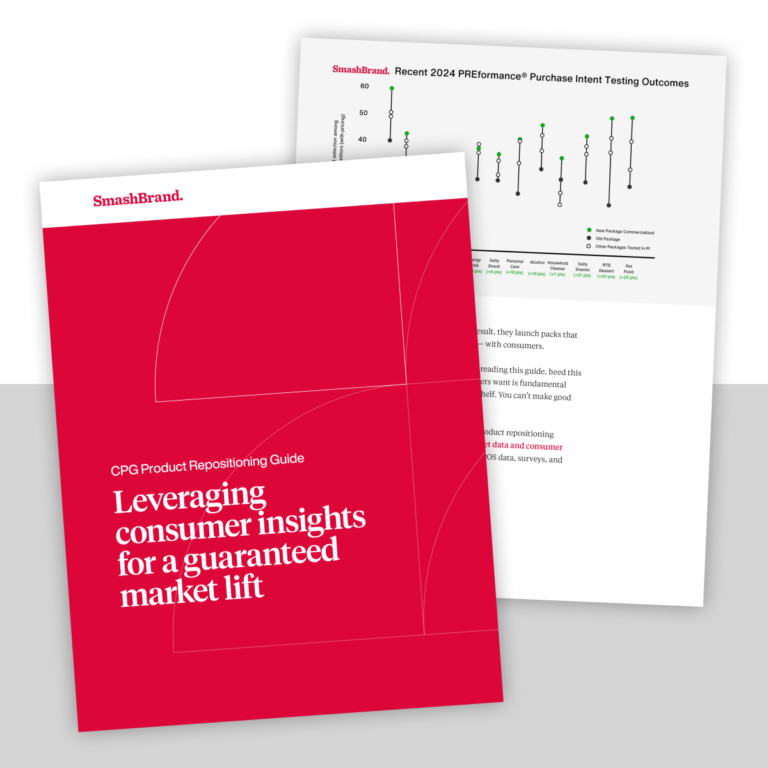If you have a multitude of bar piercings, horn implants, tattoos and earlobe plates, your career as a neurosurgeon, lawyer or funeral director could suffer. In fact, your choice of adornment happens to be perfectly suited to the clients of the aforementioned professionals (head trauma victim, criminal or corpse, respectively).
Judgmental? Perhaps, but we nonetheless must outfit ourselves in a matter commonly accepted to befit the profession of our choice if we are to be trusted by potential customers. You may be the most brilliant accountant in the world, but if you dress like you just escaped the clutches of Dog the Bounty Hunter, very few people will trust you with their money. The same basic rule applies for websites.
Our examples are extreme, of course, but they nonetheless illustrate the point that clients respond warmly to a website whose services, products, personality and brand are easily identifiable, and simply aren’t interested in discovering the inner workings of a challenging exterior. If you own a restaurant chain, your website better feature photos and descriptions of delicious food. If you are a photographer, your website better have examples of beautifully composed photographs. If you are an espionage agent, your site should have pictures of you not existing.
Does this mean that every website has to be predictable and coma-inducing in its sameness? Of course not! But a good designer will find a way to navigate the particular parameters of a business category and give the customer base what it expects, but what it hasn’t seen before at the same time. Confusing? Welcome to the big boy’s club, pal.
Walking the Line
Website personality has more to do with branding than with product, and quite frankly, a Web designer has very little input into the client’s branding strategy. Oh sure, a new business may look for brand consulting services, but a designer isn’t going to convince a staid financial institution to abandon its blue-blooded image and suddenly embrace the emo/Morrissey aesthetic.
The trick is to give the client exactly what he/she wants, with a soupcon of something that will make his/her enterprise stand out. Yes, you must yield to the brand almighty, but there is more than one way to skin a cat.
Take, for example, the Dr. Bronner’s line of liquid soaps. Now, this isn’t a website, but it is an example of how a product that is quite straightforward has benefitted by a touch of quirkiness. The famous soap bottle is chock full of text which, if you bother to read it, is basically the fractured ramblings of a failed cult leader (a nice cult leader, mind you). However, because not everybody actually reads it, it just looks like a kind of crowded, old-timey product label that evokes the image of a general store with a gingham-wearing proprietress. The brand could have actually created a logo featuring a gingham-wearing proprietress, but they went a unique route that achieves basically the same thing, plus a little bit more. Creative? Darned straight.
Edging away from the Line
No one’s saying that you shouldn’t, under any circumstances, design anything that isn’t instantly familiar; we’re just saying that association is key. If you’ve figured out a way to bridge an unusual image or aesthetic to a particular service in a logical and interesting manner, then by all means, do it. However, it is nonetheless critical for the design choice to make sense within the context of what is being advertised. Sadly, “edgy” isn’t necessarily appropriate for every client.
The vast majority of potential clients offer services that are inherently unexciting; they will be medical supply renters, septic system maintenance technicians or mold remediation and testing services. Clients of this sort aren’t looking for ways to entice young customers – they want a website that makes them look respectable, honest, hardworking and skilled.
So, what have we learned today? We’ve learned that branding is more important than product when it comes to web design. We learned that a website needs to communicate the core principles of the brand and service in a clean, succinct and evocative manner. Most importantly, we learned that as far as we’ve come in terms of overcoming outward appearances, we would advise against hiring a lawyer with a faux hawk and a 2 gauge septum piercing (10 gauge is fine, though).
Data-Driven Brand Development
Want a best-selling brand? SmashBrand is a brand development agency for FMCG and CPG companies. From brand strategy to packaging design testing, our Path To Performance™ process guarantees a retail performance lift. Book a time to discuss your project with our team.
Subscribe to
Nice Package.
A monthly newsletter that unpacks a critical topic in the FMCG & CPG industry.
Free Resource.

CPG product repositioning guide.
Explore the five undeniable signs your CPG product needs repositioning along with strategies for leveraging consumer insights for a guaranteed market lift.
Learn More About CPG product repositioning guide.